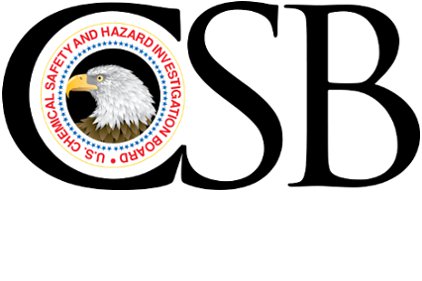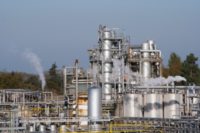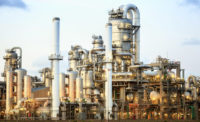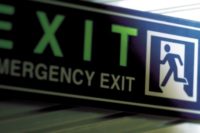U.S. Chemical Safety Board Chairperson Rafael Moure-Eraso testified March 6, 2014 before the Senate Environment and Public Works Committee Hearing Entitled “Preventing Potential Chemical Threats and Improving Safety: Oversight of the President’s Executive Order on Improving Chemical Facility Safety and Security.”
Chairman Boxer, Senator Vitter, and distinguished Committee members – thank you for inviting me today. I am Dr. Rafael Moure-Eraso, Chairperson of the U.S. Chemical Safety Board.
The Chevron refinery fire in California in 2012 – the West Texas explosion last year – the West Virginia water crisis in January:
All of these were preventable accidents.
The United States is facing an industrial chemical safety crisis.
After all of these accidents, we hear frustration and heartbreak. Workers, emergency responders, and the public continue to die and suffer injuries.
Estus Powell, a father who lost his daughter in the 2010 fire at the Tesoro refinery in Washington, recently told us, “My life was forever changed. All I want to know is, does anybody care? It seems we can get nobody to have any teeth in anything, to get anything done.”
Paper complicance v. real risk reduction
Our investigations have concluded that certain fundamental changes are needed. We have a regulatory system that sometimes encourages paper compliance over real risk reduction.
As an interim measure, I advocate that the EPA use its existing authority under the Clean Air Act to encourage chemical facilities to make their operations inherently safer where it is feasible to do so.
Then the EPA should follow up by adopting specific regulations with clear requirements.
Europe: a much lower chemical accident rate than U.S.
The goal should be to drive chemical process risks “as low as reasonably practicable.” In Europe, this is a cornerstone of the regulatory system. Insurance statistics tell us European chemical sites have an accident rate at least three times lower than the U.S.
Time and again, as our reports show, we find examples where companies could have used available, feasible, safer technologies to prevent disastrous accidents, but chose not to do so.
IST
I realize inherently safer technology, or IST, is a term that has drawn some controversy. But it is really just a well-established concept, developed by industry and used by industry.
It focuses on eliminating or minimizing hazards, instead of just trying to control hazards that already exist.Many accidents could be prevented using off-the-shelf technologies such as corrosion resistant materials, or reducing the storage of hazardous materials to the minimum necessary.
In West Virginia, applying these principles could have prevented or reduced the consequences of the recent spill. For example, the chemical storage tank could have been sited away from drinking water supplies and constructed of resistant materials.
I commend Senators Boxer, Manchin, and Rockefeller for promptly introducing legislation on this and encourage you to pass a strong bill.
I am also encouraged by the leadership of the White House on these issues – especially the executive order on chemical safety – and I hope that regulatory agencies respond in kind.
The EPA has the authority today to require companies to apply IST in design, equipment, and processes. I call on industry to join in supporting this reform, which companies know will go a long way to stopping these catastrophes.
EPA, OSHA need more resources
I must add that no regulatory system will work unless regulatory agencies like the EPA and OSHA receive more resources for more highly specialized, technical inspectors.
Madam Chairman, your own state of California has been leading the way in this. Following the Chevron fire in 2012, the legislature has moved to triple the number of process safety inspectors, using fees collected from the refining industry. And California is going to mandate using safer technologies and is looking at what’s called the “safety case” model. Under the safety case, the burden is on companies to prove they can operate safely by following the most up to date safety standards. It’s a condition of operating.
In conclusion, these major accidents don’t have to happen. They kill and injure workers, harm communities, and destroy productive businesses. The best companies in the U.S. and overseas know how to prevent these disasters – but we need a regulatory system here that ensures all companies are operating to the same high standards.
That concludes my testimony. Thank you.



